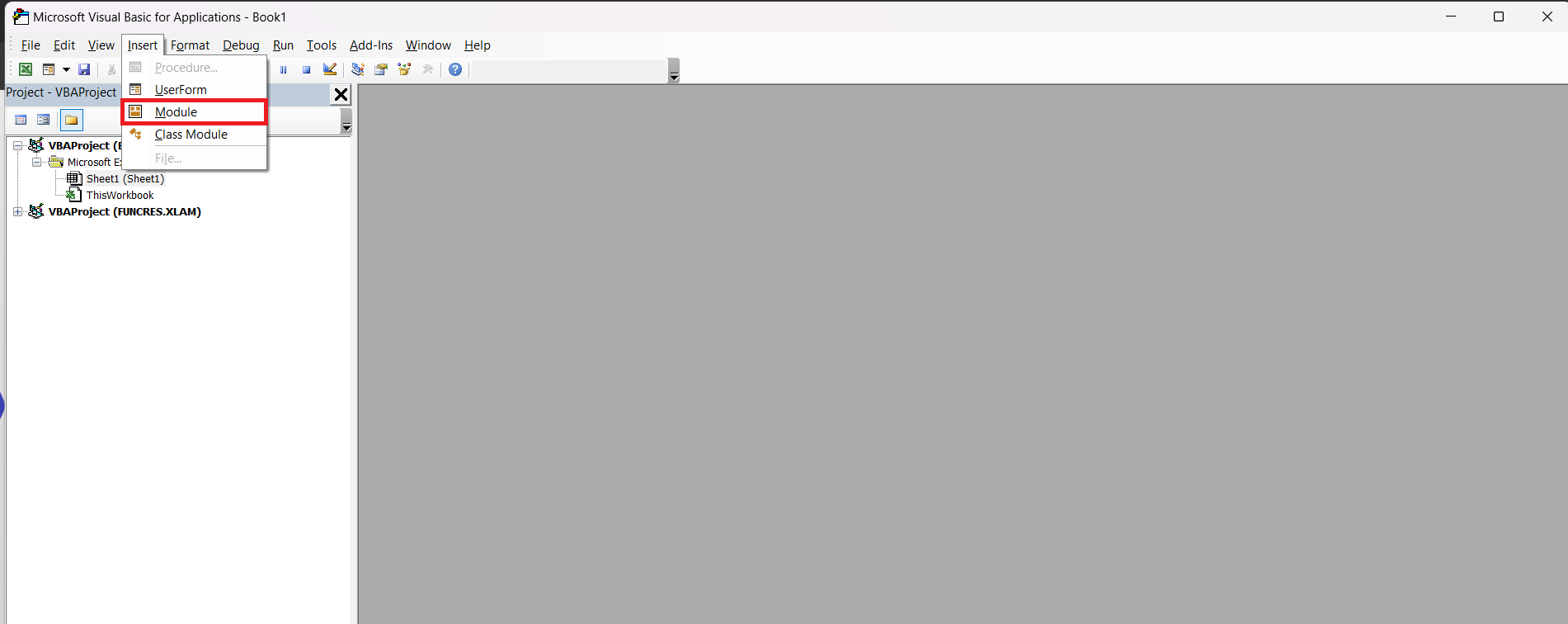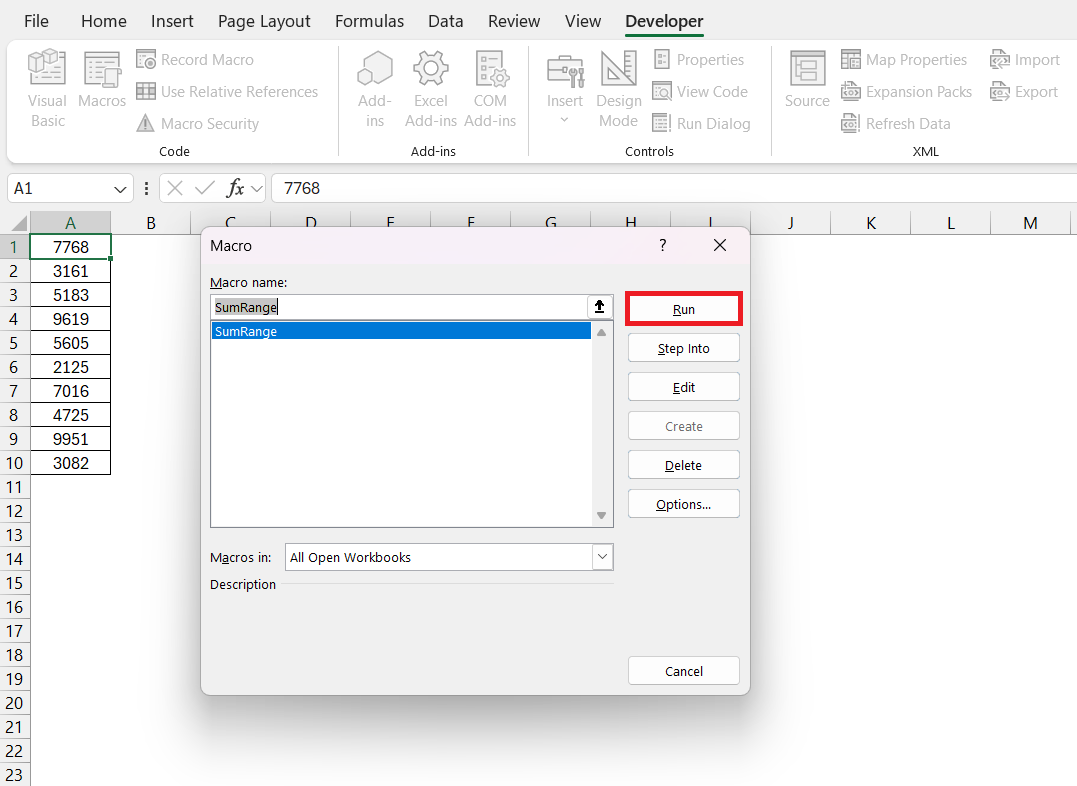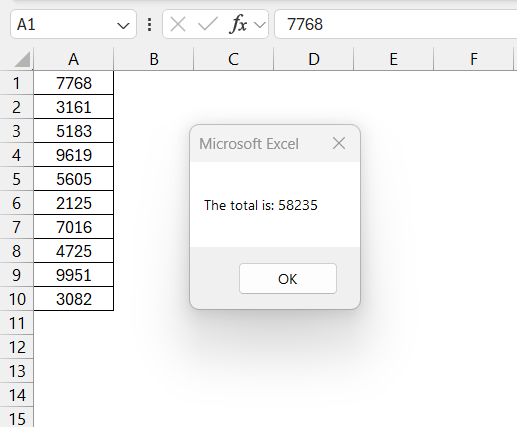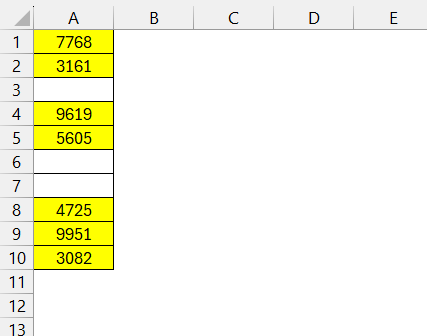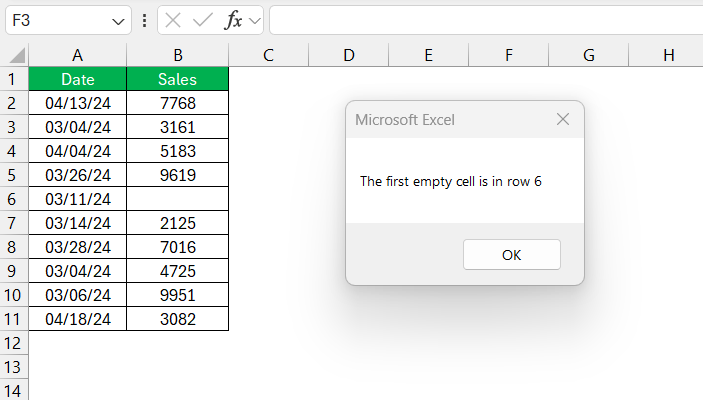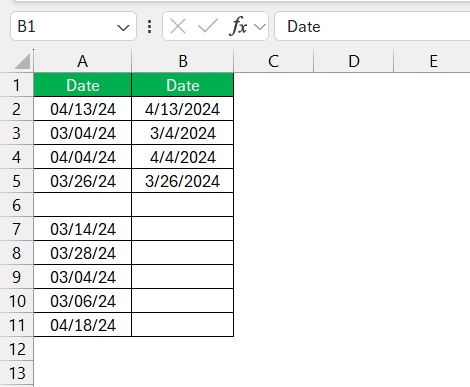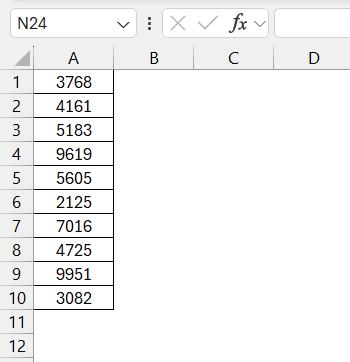

Key Takeaways
- Various Loop Types: VBA features several loops like For Next, For Each, Do While, Do Until, and While Wend, each suitable for different scenarios.
- Setup Requirements: Before using loops, set up the VBA environment by enabling the Developer tab, inserting a module, and adjusting macro security settings.
- First Loop Example: A simple For Next loop can be used to sum values in a range, demonstrating basic loop functionality.
- Efficiency Practices: Minimize spreadsheet interactions and avoid nested loops to enhance performance.
- Testing Tools: Utilize tools like VBA Performance Profiler and Rubberduck to refine and optimize your VBA loops.
Table of Contents
Introduction to Looping in Excel VBA
Understanding the Basics of VBA Loops
Unlock the potential of Excel by diving into the world of Visual Basic for Applications (VBA) loops. Think of them as a winning strategy in your spreadsheet toolbox, allowing you to efficiently automate repetitive tasks and handle large data sets with ease.
Why Mastering Loop is Crucial for Efficient Spreadsheets
Mastering loops in VBA transforms you into an Excel wizard, capable of tackling complex tasks at lightning speed. Imagine never having to perform tedious tasks manually again! With loop through defined ranges, you can sift through thousands of data points, make bulk updates, or even generate reports while you grab a coffee. Their power lies in doing more with less—fewer clicks, fewer errors, and a whole lot less time spent on monotonous tasks.
The Building Blocks of VBA Loop Constructs
Overview of Different Types of Loops in VBA
In the realm of VBA, you’ll encounter various types of loops, each with a specific purpose and situation where they shine. Here’s a quick rundown:
- For Next: Ideal for situations where you know the exact number of iterations needed for the loopIt works like a charm for iterating over a range of cells, row by row or column by column.
- For Each: This is the preferred choice when you need to iterate over every object in a collection, such as every sheet in a workbook or every chart on a worksheet.
- Do While: Use this loop when you want to keep going as long as a certain condition is true. It’s ideal for repetitive tasks with a flexible end point.
- Do Until: The flip side of Do While, this loop runs until a condition becomes true. Think of it as the persistent one in the lot, going on and on until its goal is met.
- While Wend: Similar to Do While but considered more of a classic or traditional loop, it’s not as flexible but still useful in straightforward scenarios.
Each of these loops serves a particular purpose, making them powerful tools in their own right. By getting familiar with them, you can ensure that you always have the right loop for the task at hand.
Setting Up Your VBA Environment for Looping
Before diving into the looping action, ensure your VBA environment is set up properly. Open Excel and press Alt + F11 to access the VBA editor. Here’s how to prime your space for looping excellence:
- Insert a Module: In the VBA editor, right-click on any of the items under ‘VBAProject’ associated with your workbook, choose ‘Insert,’ and then select ‘Module.’ This is your scripting playground.
- Enable Developer Tab: If not already active, enable the Developer tab in Excel to easily access VBA tools and controls. You can do this via Excel Options under the File menu.
- Set Security Levels: Adjust your macro security settings to allow the running of VBA code. Be cautious with this—only run trusted macros to avoid potential security risks.
- Familiarize with the Interface: Knowing where things are in your VBA editor, like the Project Explorer and Properties window, will make your coding journey smoother.
By setting up your environment thoughtfully, you’re poised to loop with confidence and create VBA magic that turns sprawling spreadsheets into models of efficiency.
Crafting Your First VBA Loop
For Next Loop
The For Next loop is used when the number of iterations is known beforehand. It’s perfect for looping through a range when you know exactly how many cells you need to process. To get started with your very own VBA loop, why not write a simple macro that loops through a defined range and displays each cell value?
Here’s a step-by-step to writing your first loop macro:
STEP 1: Open the VBA Editor: Press Alt + F11 in Excel and make sure you’ve inserted a new module as per the setup instructions.
STEP 2: Write the Loop: Write the following code –
Sub SumRange()</p> <p>Dim total As Double</p> <p>total = 0</p> <p>For i = 1 To 10 ' Loop through the first 10 cells in the first column</p> <p>total = total + Cells(i, 1).Value</p> <p>Next i</p> <p>MsgBox "The total is: " & total</p> <p>End Sub
STEP 3: Run the Macro: Go back to Excel, press Alt + F8, select your macro, and hit ‘Run’ to see your loop in action, displaying the value from each cell in a message box.
This script sums the values of the first ten cells in column A and displays the result in a message box.
For Each Loop
The For Each loop is ideal for iterating over a collection of objects or all cells in a range, where you don’t need to know the number of items or cells beforehand.
Example: Changing Background Color of Non-empty Cells
Sub HighlightNonEmptyCells()</p> <p>Dim cell As Range</p> <p>For Each cell In Range("A1:A10")</p> <p>If Not IsEmpty(cell.Value)</p> <p>Then</p> <p>cell.Interior.Color = RGB(255, 255, 0) ' Yellow background</p> <p>End If</p> <p>Next cell</p> <p>End Sub
This script highlights all non-empty cells in the range A1:A10 with a yellow background.
Do While Loop
The Do While loop keeps running as long as the specified condition remains true. It’s useful when the loop must execute at least once, but the exact number of iterations isn’t known before the loop starts.
Example: Finding the First Empty Cell
Sub FindFirstEmptyCell()</p> <p>Dim i As Integer</p> <p>j = 1</p> <p>Do While Cells(j, 2).Value <> ""</p> <p>j = j + 1</p> <p>Loop</p> <p>MsgBox "The first empty cell is in row " & j</p> <p>End Sub
This script checks column A for the first empty cell and displays its row number.
Do Until Loop
Do Until is similar to Do While, but it continues as long as the specified condition is false. It’s useful when you are waiting for a condition to be met.
Example: Copy Values Until an Empty Cell is Found
Sub CopyValues()</p> <p>Dim i As Integer</p> <p>i = 1</p> <p>Do Until IsEmpty(Cells(i, 1).Value)</p> <p>Cells(i, 2).Value = Cells(i, 1).Value</p> <p>i = i + 1</p> <p>Loop</p> <p>End Sub
This script copies values from column A to B until it encounters an empty cell in column A.
While Wend Loop
The While Wend loop is a simpler form of the Do While loop. However, it’s less flexible and not commonly used in modern VBA programming.
Example: Increment Values While Less Than 5000
Sub IncrementValuesUntil5000()</p> <p>Dim i As Integer</p> <p>i = 1 ' Start with the first row</p> <p>While Cells(i, 1).Value < 5000</p> <p>Cells(i, 1).Value = Cells(i, 1).Value + 500</p> <p>i = i + 1</p> <p>If i > 10000 Then Exit Sub ' Adjust as necessary to suit the data range</p> <p>Wend</p> <p>End Sub
This script increments the values in column A as long as they are less than 5000. In this example, the first 2 values will be increased by 500.
Optimizing Your VBA Loops
Best Practices for Writing Efficient Loops
Crafting efficient loops in VBA is an art that mixes foresight with a touch of coding elegance. Here are best practices to keep your loops running like a well-oiled machine:
- Minimize Interactions with the Spreadsheet: Each read or write operation to a cell is costly. Store data in variables or arrays when possible and write back to the spreadsheet in one go.
- Avoid Nested Loops If Possible: These can significantly slow down your code. Flatten your logic or use advanced filtering and lookup functions instead.
- Use ‘For Each’ Over ‘For’ for Collections: It’s faster and more readable when dealing with objects like ranges or sheets.
- Limit Use of ‘Select’ and ‘Activate’: These are resource-intensive actions. Refer to ranges and cells directly within your loops.
- Keep Loops Lean: Place only the essential code inside your loop and avoid unnecessary computations or condition checks within each iteration if they can be done before or after the loop.
By adhering to these tips, your loops will not only be quicker but also more readable and maintainable, making your VBA code a step above the rest.
Tools to Test and Streamline Your VBA Code
Enhancing the performance of your VBA loops isn’t just about writing good code—it’s also about using the right tools to test and refine it. Consider these:
- VBA Performance Profiler: A tool that helps identify slow-running sections of your code.
- Rubberduck: An open-source add-in for the VBA Editor that provides a suite of tools to help refactor code, navigate projects, and run unit tests.
- Code Cleaner: This tool tidies up your VBA code by removing any unnecessary elements that may slow down your macros.
- Immediate Window: Use this built-in feature of the VBA Editor to test snippets of code quickly and view results immediately without having to run the entire macro.
- Built-in Debugger: Use breakpoints, step through the code line by line, watch variables, and evaluate expressions to find bottlenecks in your loops.
By incorporating these tools into your VBA practice, you can vastly improve the speed, efficiency, and reliability of your looping macros.
FAQs about Looping in Excel VBA
Which Loop Should I Use for My Specific Task in Excel?
Choosing the right loop depends on the task at hand:
- For Each: Ideal when working with a collection like cells or worksheets.
- For Next: Use when you know in advance the number of iterations.
- Do While: Choose if you need to loop until a condition is no longer true.
- Do Until: Opt for this when looping until a condition becomes true.
Selecting the right loop ensures your VBA code is both effective and efficient.
How Can I Loop Through Cells Without Causing Excel to Crash?
To avoid Excel crashing while looping:
- Work with arrays for data manipulation instead of cell-by-cell operations.
- Disable screen updating with
Application.ScreenUpdating = Falsebefore the loop and re-enable it afterward.
This prevents Excel from updating the UI with each iteration, reducing the workload and preventing freezes.
How do you loop through a range of values in VBA?
To loop through a range of values in VBA, use a ‘For Each’ loop:
This loop will iterate through each cell from A1 to A10.
How to loop range columns in VBA?
To loop through columns in a range using VBA, use a ‘For Each’ loop:
This will loop through columns A to C of the first row.
Where the vba code goes in your excel workbook?
Your VBA code should be placed in the Visual Basic for Applications (VBA) editor. Here’s how to do it:
- Open the VBA editor by pressing
Alt + F11. - In the Project Explorer, right-click on your workbook name and select ‘Insert’ then ‘Module’.
- Paste or write your code into the module window that appears.
What are VBA for loops?
VBA For loops are a control structure designed to execute a block of code a predetermined number of times. They’re invaluable for automating repetitive tasks in Excel by iterating over collections, ranges, or simple counters.
This loop structure simplifies coding and enhances productivity significantly.
John Michaloudis is a former accountant and finance analyst at General Electric, a Microsoft MVP since 2020, an Amazon #1 bestselling author of 4 Microsoft Excel books and teacher of Microsoft Excel & Office over at his flagship MyExcelOnline Academy Online Course.

